Remember when expressing affection required actual effort? When “thinking of you” meant sitting down with pen and paper, carefully choosing each word, and waiting days or weeks for a response? Those were the days when communication had weight, when every letter carried the sender’s time, thoughtfulness, and genuine care. Before we could fire off instant messages and emoji-filled texts, staying connected meant something entirely different—and perhaps something more meaningful.
1. The Art of Letter Writing
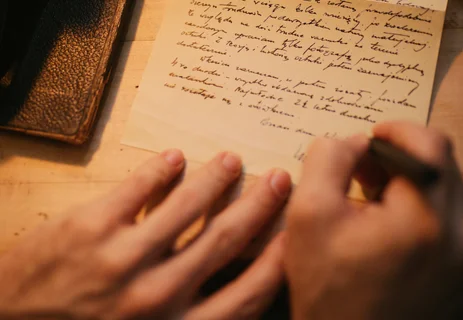
Back then, we kept boxes of beautiful stationery tucked away in our desks, choosing just the right paper for each recipient. Your grandmother’s delicate floral sheets for family updates, crisp white business paper for formal correspondence, and perhaps those special cream-colored pages reserved for matters of the heart. The very act of selecting paper, pen, and envelope was part of the ritual that made each letter feel important.
We’d sit at kitchen tables or bedroom desks, often with a cup of coffee growing cold beside us, as we poured our thoughts onto paper. Every crossed-out word required starting over, making us choose our words more carefully than we ever do today. There was something magical about watching our thoughts flow through ink onto paper, creating something tangible that could be held, reread, and treasured for years to come.
2. The Sweet Agony of Waiting for Mail

The highlight of many days was that moment when you’d hear the mail truck rumbling down the street. Your heart would skip a beat as you wondered if today might bring a letter from someone special—a friend from summer camp, a sweetheart stationed overseas, or news from a cousin who’d moved across the country. We’d rush to the mailbox with anticipation that today’s generation will never quite understand.
When that coveted envelope finally arrived, addressed in familiar handwriting, the excitement was almost unbearable. You’d tear it open carefully (or not so carefully, if you were too eager), and settle into your favorite reading spot to savor every word. The disappointment of empty mailboxes taught us patience, while the joy of receiving letters made them infinitely more precious than any ping from a smartphone could ever be.
3. Phone Calls That Actually Mattered
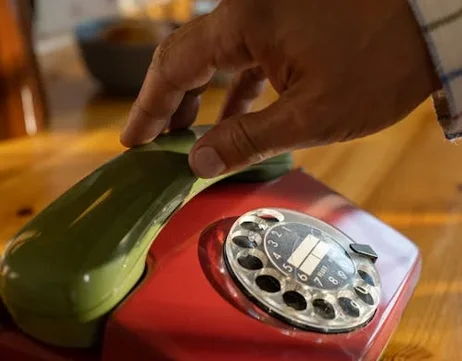
Making a phone call used to be an event, especially long-distance ones that came with hefty price tags and careful time limits. We’d gather our thoughts beforehand, sometimes even jotting down talking points so we wouldn’t forget anything important during those expensive minutes. Sunday evenings often meant crowding around the kitchen phone to catch up with relatives, with everyone taking turns to share their week’s adventures.
The phone was attached to the wall in most homes, with that wonderfully long, coiled cord that let you stretch into the hallway for a bit of privacy. We’d twirl that cord around our fingers during nervous conversations, or pace as far as it would allow during animated discussions with friends. There was something intimate about these dedicated phone conversations—no multitasking, no distractions, just two voices connected across the miles.
4. Photo Albums and the Wait for Development
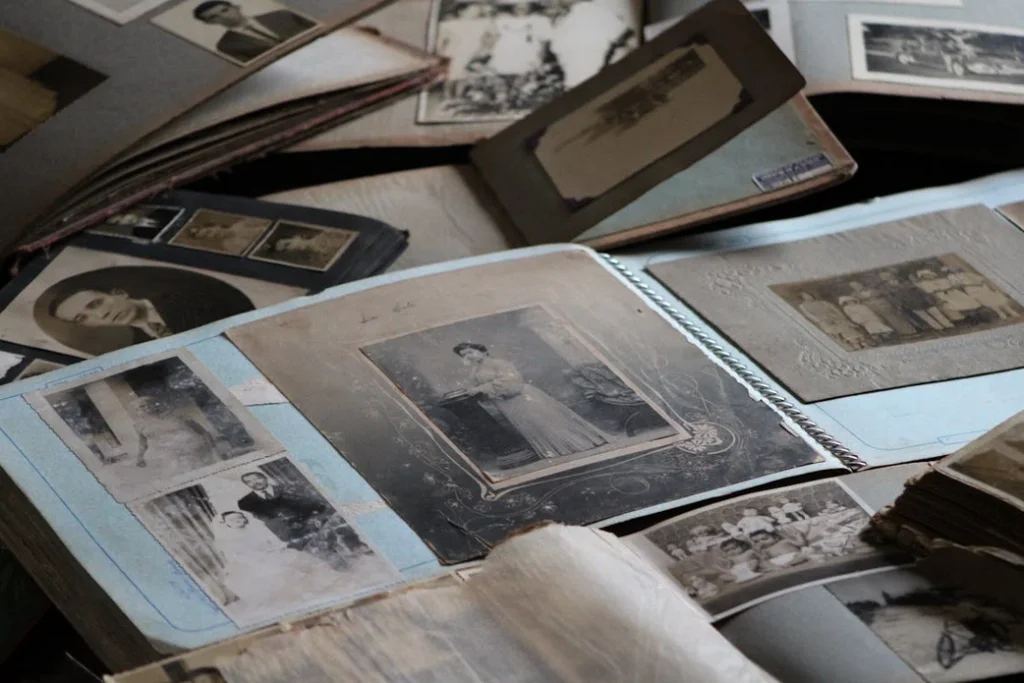
Taking pictures meant something entirely different when you only had 24 or 36 shots per roll of film. Every snapshot was considered and precious because you couldn’t just delete the bad ones and try again. We’d save our cameras for truly special moments—birthdays, holidays, vacations—and use them sparingly, making each click count.
The anticipation of getting your film developed was almost as exciting as Christmas morning. You’d drop off your roll at the drugstore and wait a week (or more) to see how your pictures turned out, never knowing if that perfect sunset or candid family moment had been captured successfully. Gathering around the kitchen table to flip through fresh photographs, passing them from hand to hand and reliving those captured memories, was a ritual that brought families together in ways that scrolling through digital galleries simply cannot replicate.
5. Appointment Books and Actually Remembering Things
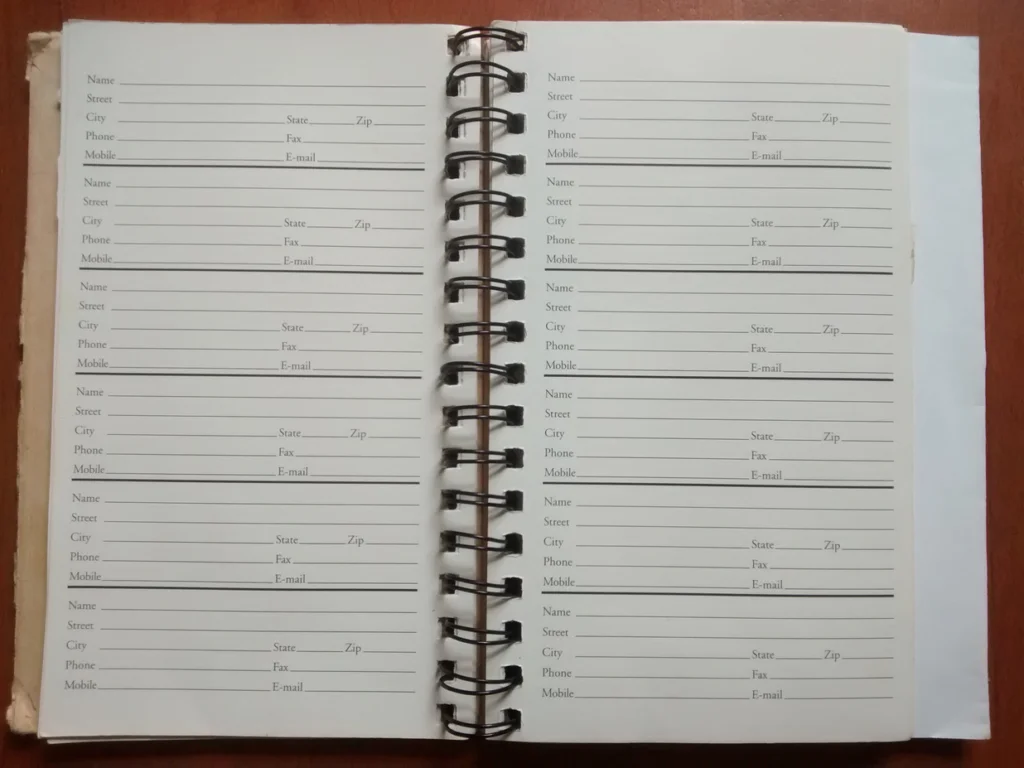
Our address books were treasured possessions, filled with carefully written phone numbers, addresses, and birthdays in our own handwriting. We’d transfer information from old books to new ones when they got too worn, sometimes discovering forgotten friends’ numbers tucked between the pages. These little black books held our entire social world, and losing one was a minor catastrophe that meant starting over from scratch.
Planning social events required actual coordination and commitment since you couldn’t just shoot off a quick text to confirm or cancel. We’d make plans weeks in advance, write them in our calendars with real pens, and actually show up because changing plans meant tracking down everyone involved by phone. This meant we were more intentional about our commitments and more present when we finally gathered together.
6. The Romance of Handwritten Love Notes
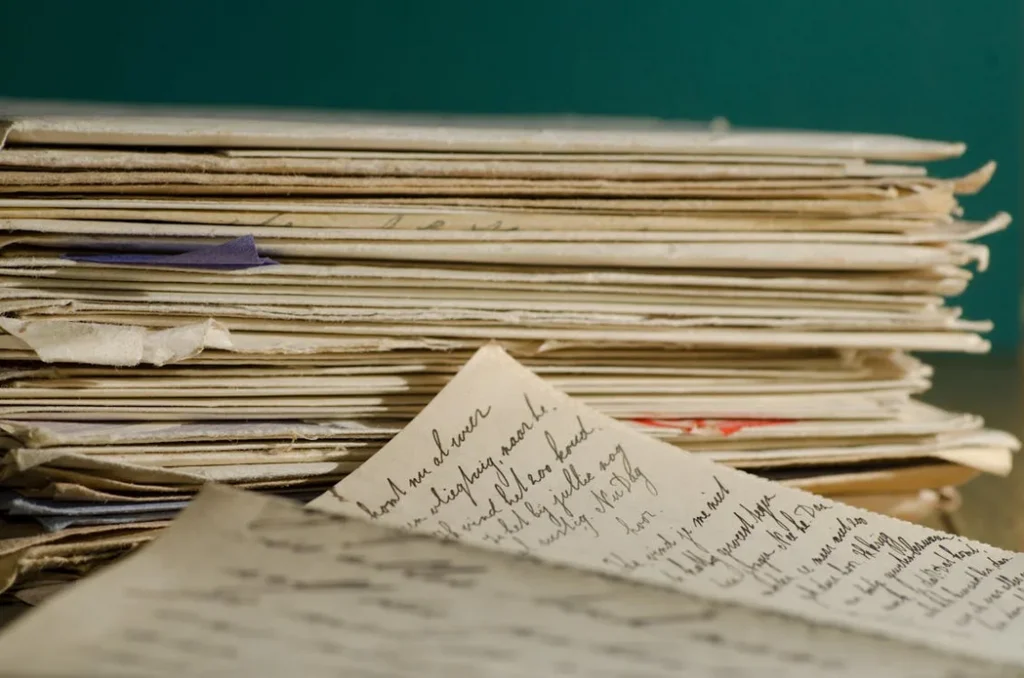
Courtship had a completely different rhythm when it required effort and creativity. A handwritten note slipped into a locker, tucked under a windshield wiper, or mailed to arrive on a lonely Tuesday could make someone’s entire week. The anticipation built slowly through carefully crafted letters, each one more meaningful because of the time and thought invested in every word.
Young couples would spend hours writing letters to each other, even if they’d see each other the next day at school or work. These weren’t quick “good morning” texts but thoughtful expressions of feelings, dreams, and daily observations that revealed character in ways that emoji-filled messages never could. Many couples still have shoeboxes full of these precious letters, tangible proof of a love that grew through patience and genuine communication.
7. The Ritual of Sunday Evening Preparation

Sunday nights were for preparing for the week ahead in ways that required actual planning and foresight. We’d lay out our clothes for Monday morning, check our appointment books, and make sure we had everything needed for the coming days. Without smartphones to rely on, we had to trust our memory and written notes to keep track of important dates and commitments.
The evening often included calling friends or family members to confirm plans for the week, since you couldn’t just assume they’d see your message and respond instantly. This Sunday night ritual created a sense of readiness and intentionality that carried through the entire week. We were more present in our daily lives because we had to be—there was no safety net of instant communication to catch our forgotten plans or last-minute changes.
8. Libraries as Information Treasure Hunts
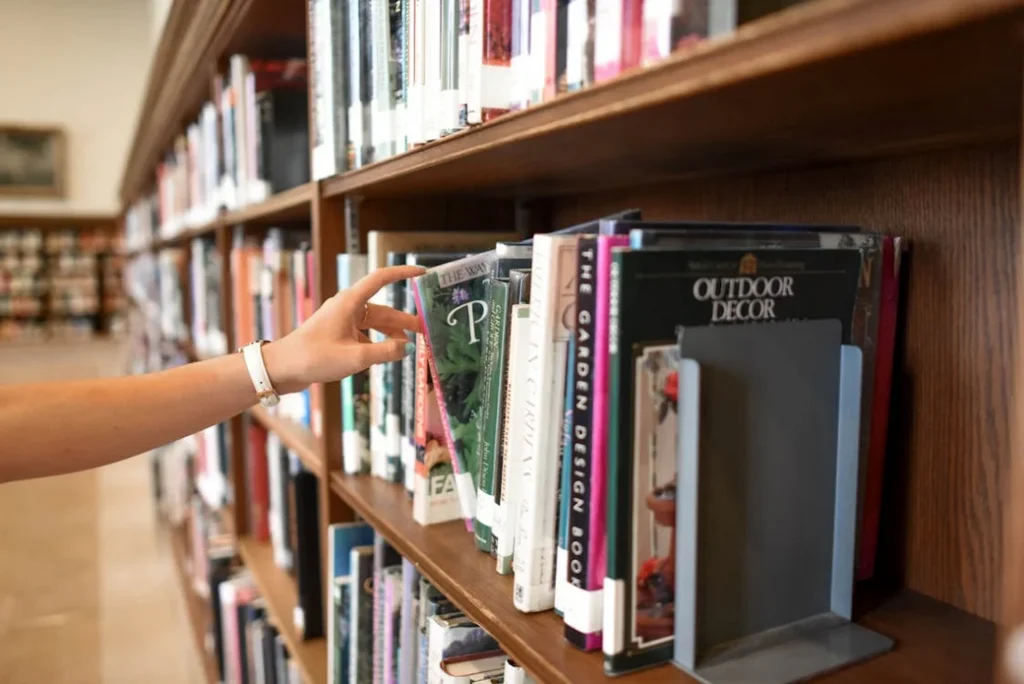
Research meant actual trips to the library, where you’d spend hours digging through card catalogs and wandering the stacks in search of information. The Dewey Decimal System was as familiar as your own address, and librarians were the original search engines, helping you navigate through books, periodicals, and reference materials. Finding the perfect source felt like discovering buried treasure.
Settling into a library study table with a stack of books and a legal pad was how we learned about the world beyond our immediate experience. You couldn’t just Google a quick answer—you had to commit time to research, taking handwritten notes and photocopying important pages. This slower pace of learning meant we absorbed information more deeply and retained it longer, since finding it had required genuine effort and investment.
9. The Corner Drugstore and Genuine Customer Service

Every neighborhood had that corner drugstore where the pharmacist knew your name and your family’s medical history. Mr. Johnson behind the counter could recommend the right cough syrup for your particular symptoms and would even deliver prescriptions to elderly customers who couldn’t make it in. These weren’t just transactions—they were relationships built over years of genuine human interaction.
The soda fountain at the back of many drugstores served as informal community centers where neighbors would catch up over cherry Cokes and grilled cheese sandwiches. You’d flip through magazines while waiting for prescriptions, perhaps discovering a new recipe or reading about the latest Hollywood news. Shopping was a social experience that connected you with your community rather than isolating you behind a computer screen.
10. Handmade Gifts and the Time Investment of Love

Gift-giving required months of planning and creating, especially for the women who spent evenings knitting sweaters, crocheting blankets, or sewing dresses for loved ones. Each stitch represented time and love invested in making something unique and personal that couldn’t be purchased online with one-day shipping. These handmade treasures were cherished precisely because everyone understood the hours of work they represented.
Christmas and birthday gifts often came with stories—the quilt made from fabric scraps saved throughout the year, the wooden toy carved during long winter evenings, or the photo album carefully assembled with corner tabs and handwritten captions. Opening these presents meant more than just receiving something new; it meant being honored with someone’s time, creativity, and devoted attention. The gifts themselves became family heirlooms, passed down through generations along with the stories of their creation.
11. Neighborhood Kids and Actual Outdoor Adventures

Summer days stretched endlessly as neighborhood children invented elaborate games that required nothing more than imagination and whatever could be found in garage sales or back yards. Hide-and-seek could last for hours across multiple yards, kick-the-can tournaments determined social hierarchies, and building forts from discarded lumber was serious architectural business. Parents would call us in for dinner by shouting our names or ringing a bell—no GPS tracking required.
The local creek, empty lot, or patch of woods became our wilderness, where we’d spend entire days exploring, building dams, catching tadpoles, and creating our own adventures. We knew which neighbor had the best climbing tree, where to find the sweetest wild blackberries, and how to navigate home using landmarks rather than GPS. These unstructured hours taught us independence, creativity, and social skills that no organized activity or screen time could replicate.
12. The Sacred Sunday Family Dinner

Sunday dinners were elaborate affairs that started with morning church and continued with hours of cooking, setting the table with the good china, and gathering extended family around a table that groaned under the weight of home-cooked dishes. Grandmothers presided over these meals like loving generals, orchestrating the timing of multiple dishes while sharing family stories and gentle gossip. The preparation was as important as the meal itself, with multiple generations working together in steamy kitchens filled with laughter and conversation.
These weren’t rushed affairs but leisurely celebrations that lasted well into the afternoon, with everyone lingering over dessert and coffee while sharing the week’s news and family updates. Children learned table manners, family history, and the art of conversation during these gatherings that couldn’t be interrupted by phones or other distractions. The dishes might take an hour to clean up, but the memories created during those Sunday dinners lasted a lifetime and shaped family bonds in ways that today’s grab-and-go meals simply cannot match.
Those were the days when being present meant actually being present, when relationships required investment and time, and when the simple act of thinking about someone translated into meaningful action. We may have gained efficiency and convenience with our modern technology, but somewhere along the way, we lost the weight and meaning that came with slower, more intentional communication. Perhaps it’s worth remembering that the most precious connections in life have always been the ones that required us to pause, think, and invest a little piece of ourselves in reaching out to touch another heart.
This story Handwritten Letters and Wax Seals, Left Behind When “Thinking of You” Became Just a Tap was first published on Takes Me Back.


